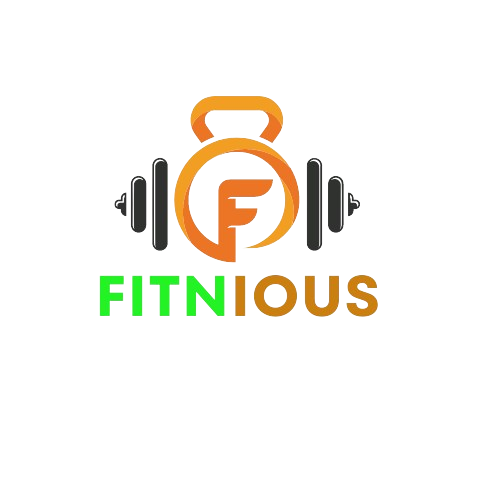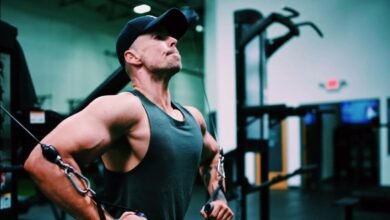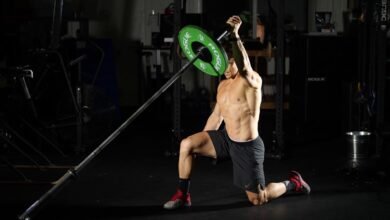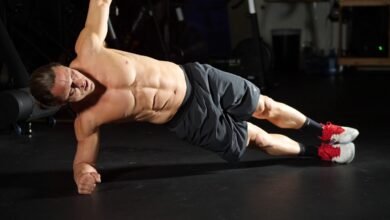Corrective exercising is an essential issue in health and rehabilitation, specializing in figuring out and rectifying movement dysfunctions. Corrective Exercise Specialists (CES) are trained to lay out and implement exercise programs that address musculoskeletal imbalances, enhance movement styles, and beautify standard bodily features. This complete manual explores the strategies and methodologies employed by Corrective Exercise Specialists to achieve those desires.
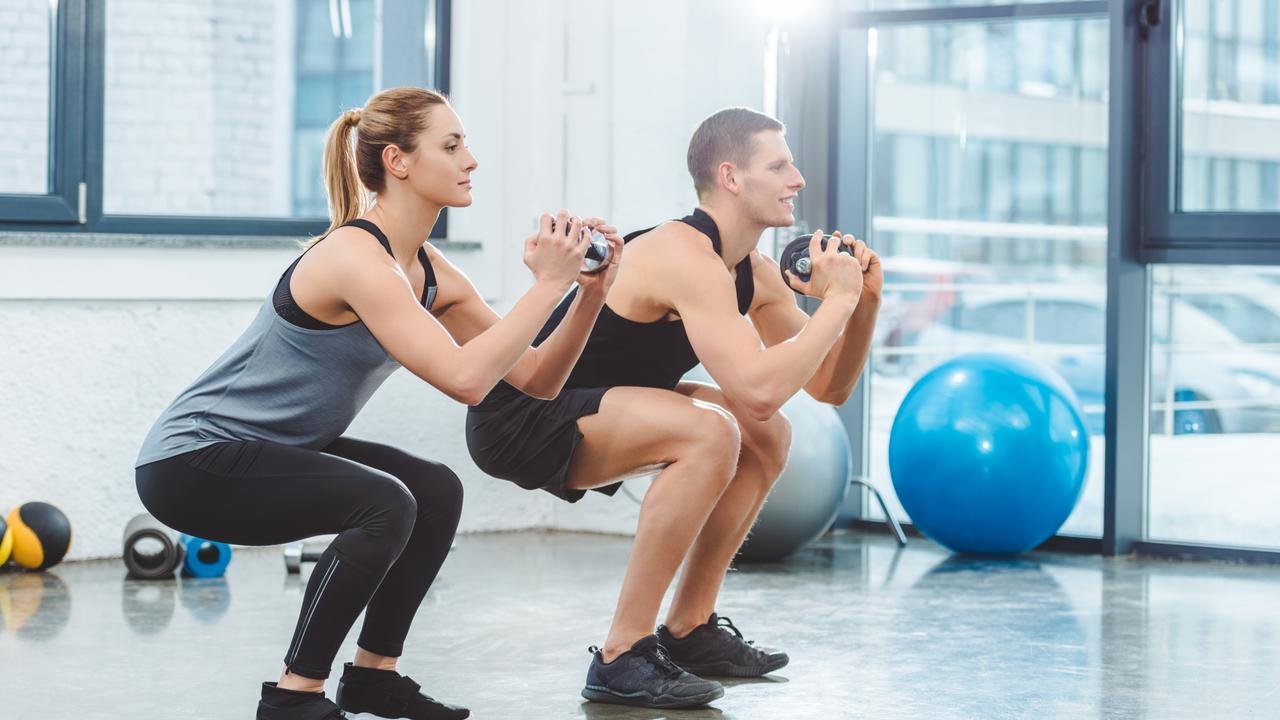
Understanding Corrective Exercise
Corrective Exercise Specialist is a scientific method to enhance muscle characteristics, joint alignment, and ordinary movement styles. It encompasses several strategies to correct postural and movement discrepancies that would lead to injury or impede overall performance.
The Role of a Corrective Exercise Specialist
A Corrective Exercise Specialist is a professional educated in assessing, identifying, and addressing musculoskeletal imbalances through customized exercise packages. Their function extends beyond traditional health training, incorporating physical remedy, biomechanics, and kinesiology to create holistic and robust solutions for clients.
Assessment Techniques
Initial Consultation
The preliminary session is a crucial step in which the professional gathers designated statistics about the purchaser’s scientific history, way of life, and precise concerns. This facilitates tailoring a specific and compelling Corrective Exercise Specialist plan.
Postural Assessment
Postural exams compare the alignment of the frame in numerous positions. This can monitor commonplace troubles, such as forward head posture, rounded shoulders, or anterior pelvic tilt, often related to muscle imbalances and motion dysfunctions.
Movement Analysis
Clients perform specific exercises or activities during movement analysis while the Corrective Exercise Specialist observes their movement patterns. This can highlight compensatory movements and inefficiencies that need to be addressed.
Functional Testing
Functional testing consists of several tests designed to assess precise muscle tissues and joints’ strength, flexibility, and endurance. This allows for pinpointing regions of weakness or tightness that contribute to improper motion patterns.
Identifying Muscle Imbalances
Common Imbalances and Their Causes
Muscle imbalances can arise from various factors, including terrible posture, repetitive actions, or previous accidents. Common imbalances encompass tight hip flexors, vulnerable glutes, and overactive pectoral muscular tissues.
Tools and Methods for Detection
Corrective Exercise Specialist professionals use equipment, including goniometers, muscle testing, and virtual motion analysis software, to appropriately perceive and quantify muscle imbalances.
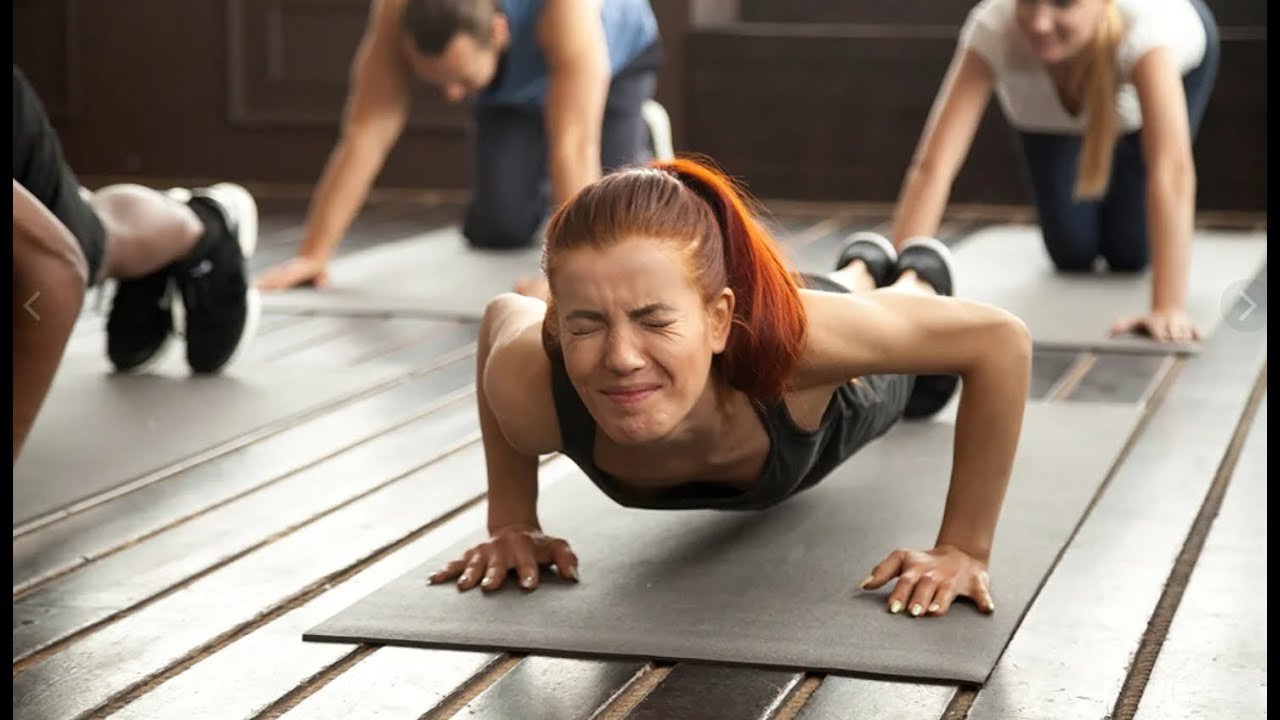
Developing a Corrective Exercise Plan
Setting Goals
Establishing precise, measurable desires is essential for each purchaser and the Corrective Exercise Specialist. Goals should be accurate, possible, and tailored to the consumer’s passions and talents.
Designing Customized Programs
Customized applications are designed based on evaluation findings, addressing specific imbalances and weaknesses. These packages typically include stretching, strengthening, and neuromuscular re-education on sporting occasions.
Integrating Client Feedback
Client feedback is vital to the fulfilment of a corrective workout program. Regular check-ins and adjustments ensure the sports remain practical and applicable to customer development and enjoyment.
Implementing Corrective Exercises
Warm-Up Techniques
A right heat-up prepares the body for corrective sporting events by increasing blood flow, improving muscle elasticity, and activating the apprehensive machine. Dynamic stretching and low-depth cardio are commonplace heat-up techniques.
Strengthening Weak Muscles
Strengthening sporting activities goals are underactive muscle mass, restoring stability, and enhancing standard characteristics. Examples include glute bridges for vulnerable glutes and scapular retraction physical games for underactive higher again muscular tissues.
Stretching Tight Muscles
Stretching tight muscle mass is essential for enhancing flexibility and variety of motion. Techniques include static stretching, PNF stretching, and myofascial launch.
Improving Movement Patterns
Improving movement patterns involves retraining the body to move more efficiently. This can include drills focusing on proper alignment, balance, and coordination.
Monitoring Progress
Regular ReasretrainingRegular reassessments allow the Corrective Exercise Specialist to track improvement and adjust the exercise plan. These assessments help ensure that the client is moving towards their goals and that the corrective exercises remain effective.
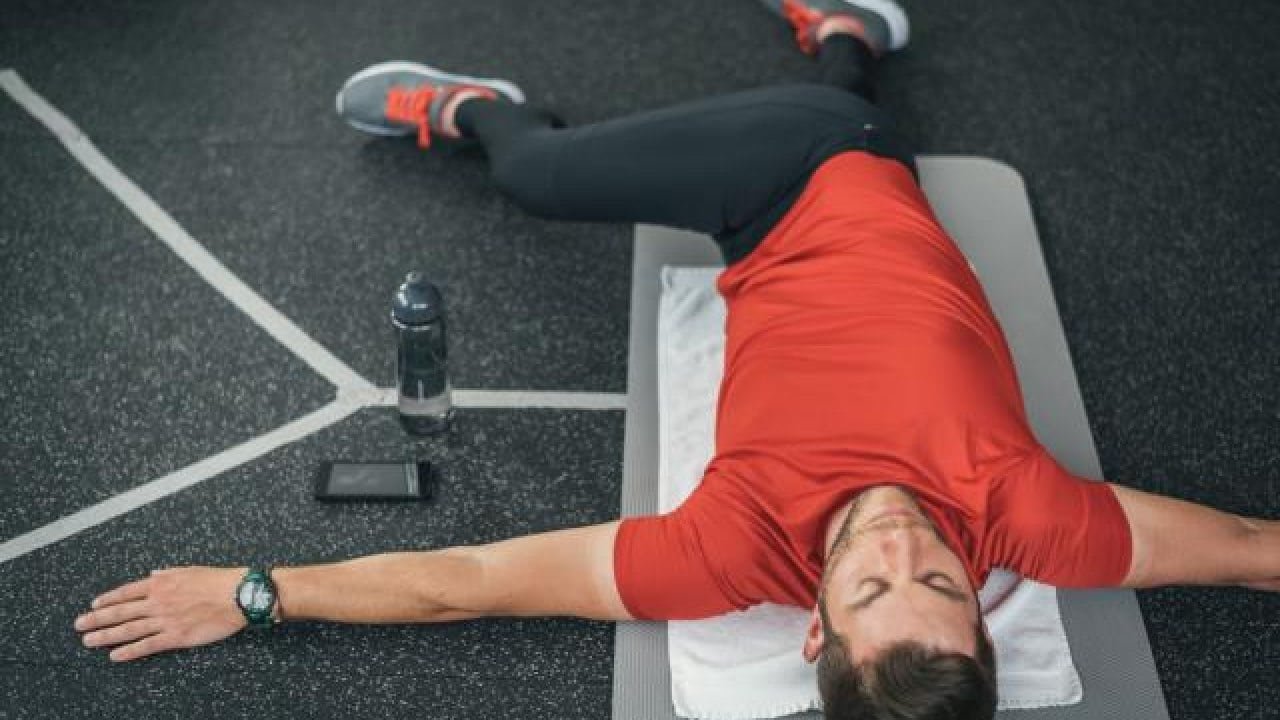
Adjusting the Plan as Needed
As clients progress, their needs and abilities may change. Adjusting the exercise plan to reflect these changes ensures continued improvement and prevents plateaus.
Tracking Improvements
Tracking improvements provides tangible evidence of progress, which can motivate clients. This can include measurable changes in strength, flexibility, and movement efficiency.
Common Corrective Exercises
Exercises for Lower Back Pain
Activities such as hen puppies, planks, and pelvic hints can help relieve lower back pain by strengthening the core and improving spinal stability.
Corrective Exercises for Knee Issues
Supporting the quadriceps, hamstrings, and glutes, like improving hip mobility, can help with knee issues. Examples consist of squats, lunges, and leg presses.
Shoulder and Upper Body Corrective Techniques
Workouts like scapular push-ups, band pull-aparts, and exterior processes are powerful for managing shoulder inequalities and enhancing higher frame position.
Exercises for Improving Posture
Improving posture includes sports that boost the back and middle, even stretching the chest and hip flexors. Examples encompass thoracic extensions, wall angels, and seated rows.
Utilizing Equipment and Tools
Foam Rollers
Foam rollers are excellent for myofascial launch, helping to alleviate muscle tightness and enhance flexibility.
Resistance Bands
Opposition bands are universal tools that can be used for many strengthening and stretching sports, making them perfect for corrective exercise packages.
Stability Balls
Stability balls reinforce middle energy, stability, and coordination through dynamic sports.
Other Useful Equipment
Other gadgets such as kettlebells, TRX systems, and balance forums can also be included in corrective exercise programs to add range and challenge.
Client Education and Engagement
Teaching Clients About Their Bodies
Educating clients about their bodies and the reasons behind specific exercises helps them understand the importance of the corrective exercise program and encourages adherence.
Motivational Techniques
Using motivational strategies, setting quick-term desires, celebrating small victories, and providing high-best reinforcement can keep clients engaged and dedicated.
Encouraging Long-Term Adherence
Long-term adherence is accomplished by making the exercise software thrilling, integrating it into the purchaser’s lifestyle, and typically coaching and motivating them.
Advanced Techniques
Neuromuscular Retraining
Neuromuscular re-education involves bodily games that teach the disturbing gadget to speak more efficiently with the muscular tissues, improving coordination and retraining motion patterns.
Proprioceptive Training
Proprioceptive training complements the frame’s potential to experience its function in space, which is crucial for balance and balance. Exercises can encompass balance drills and agility education.
Plyometric Drills
Plyometric drills, which include jump squats and container jumps, improve power and explosiveness. These advanced techniques are typically integrated into corrective programs for athletes.
Case Studies
Success Stories
Sharing success stories can inspire and demonstrate the effectiveness of corrective exercise techniques, often highlighting significant improvements in function and quality of life.
Lessons Learned from Challenging Cases
Analyzing complex cases allows experts to study and enhance their practice. These cases provide treasured insights into what works and what doesn’t, leading to better outcomes for future customers.
Common Mistakes to Avoid
Overcorrecting
Overcorrecting can lead to new imbalances and injuries. It’s essential to strike a balance and address issues progressively.
Ignoring Client Feedback
Ignoring client feedback can result in effective programs and satisfied clients. Listening and adjusting the plan based on feedback is crucial for success.
Failing to Reassess
Failing to reconsider can result in stagnation. Regular reassessments ensure this system stays effective and aligned with the customer’s development.
The Future of Corrective Exercise
Emerging Trends
Emerging tendencies in corrective exercise include combining generation, which provides for wearable gadgets and AI-driven checks, to enhance precision and effectiveness.
The Impact of Technology
Technology is reworking corrective exercises by supplying more accurate assessments, personalized programs, and real-time feedback.
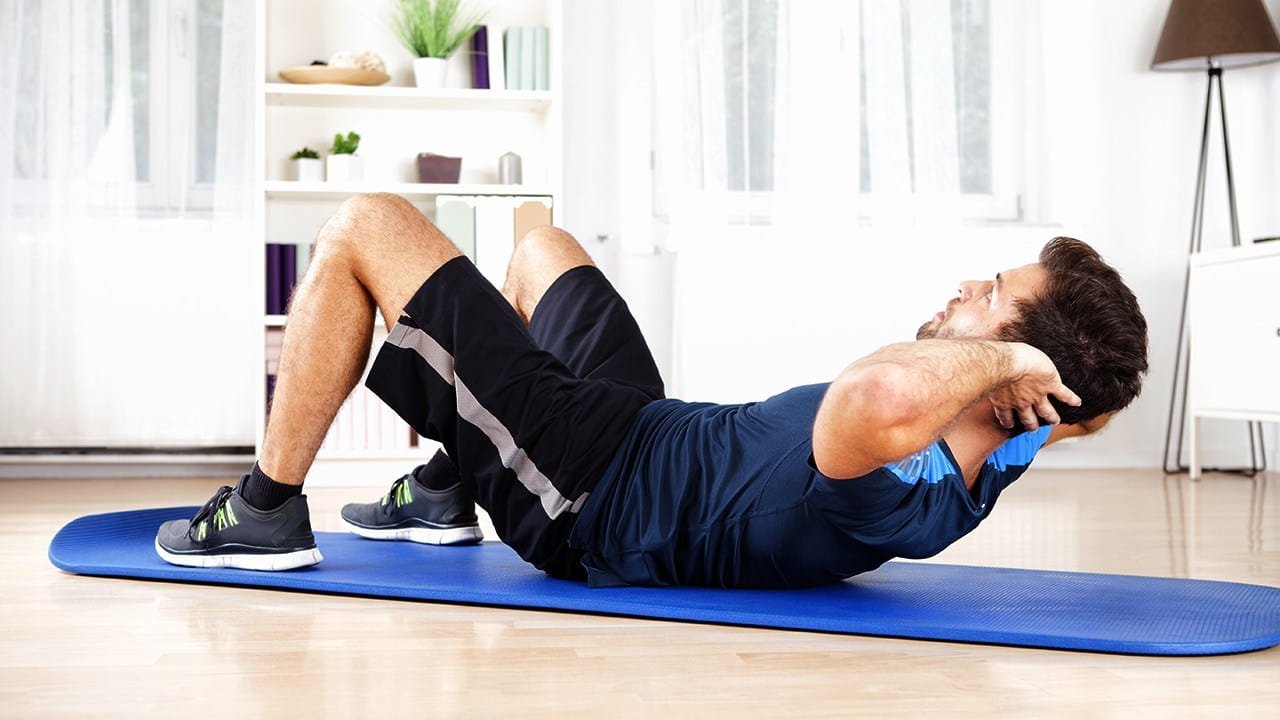
Continuing Education for Specialists
Continuing training is critical for Corrective Exercise Specialist professionals to stay updated with modern-day research, strategies, and technology, ensuring they offer great viable care for their clients.
Conclusion
Corrective exercise is a dynamic and evolving field crucial in improving movement, lowering pain, and improving the average quality of life. By information and imposing the techniques mentioned in this guide, Corrective Exercise Specialists can efficiently address their customers’ needs and help them achieve their fitness and rehabilitation dreams.
FAQs about Corrective Exercise Specialist
How long does it take for peer effects from corrective sports to occur?
The time it takes to peer outcomes can vary depending on the character's state of affairs and adherence to this system. Some can look at enhancements within a few weeks, even though others may take several months.
Can corrective physical games help with chronic aches?
Corrective sporting events can effectively handle and lower persistent aches by addressing the underlying causes of motion dysfunction and muscle imbalances.
Are corrective workouts appropriate for every age?
Curative exercise may be adjusted to suit people of each age and fitness capacity, making it a universal approach for improving movement and reducing pain.
What do I need to look for in a Corrective Exercise Specialist?
When choosing a CES, look for qualifications, leisure, and a customized approach. A professional should conduct thorough exams and create customized applications based on your desires.
